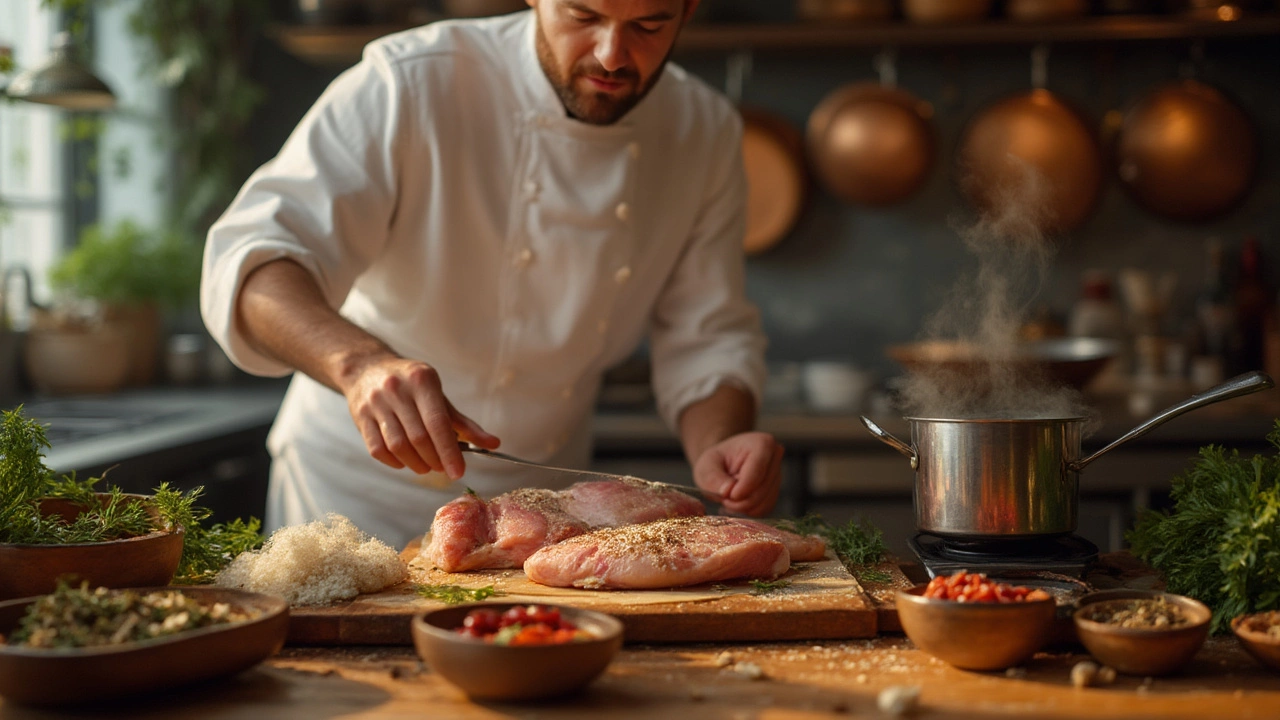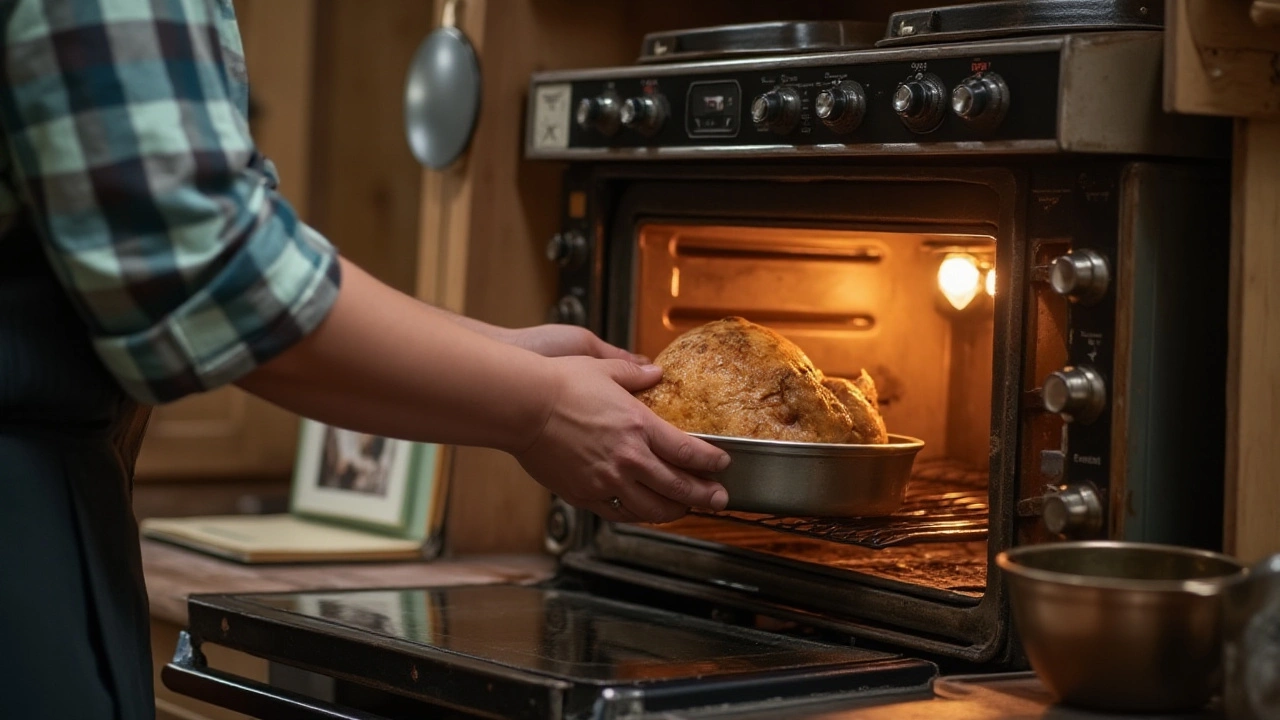Juicy Chicken Tips: How to Keep Your Chicken Moist and Tender
If you’ve ever sliced into a piece of chicken and found it dry, you’re not alone. The good news is that making chicken juicy is easier than you think. Below are the handful of tricks that turn a bland breast or thigh into a mouth‑watering bite.
Prep Secrets: Brine, Salt, and Seasoning
Start with a simple brine: dissolve 1 tablespoon of salt in 2 cups of water, add a splash of sugar or honey if you like a hint of sweetness, and soak the chicken for 15‑30 minutes. The salt pulls water into the meat, so it stays juicy when you cook it.
If you’re short on time, a dry‑brine works just as well. Pat the chicken dry, then sprinkle it generously with kosher salt and let it rest uncovered in the fridge for at least an hour. The salt evaporates the surface moisture, concentrating flavor while still keeping the interior moist.
Don’t forget to season right before cooking. A mix of black pepper, garlic powder, paprika, and a pinch of cayenne gives a tasty crust without drawing out extra liquid.
Cooking Methods That Lock in Juiciness
High heat and quick cooking are your friends for thin pieces like chicken breasts. A hot skillet or grill sears the outside, creating a barrier that traps juices. Aim for a medium‑high heat, cook each side 4‑5 minutes, and use a meat thermometer to hit 165°F (74°C) in the thickest part.
For thicker cuts, consider the reverse‑sear method. Start the chicken in a low‑heat oven (300°F/150°C) until it reaches about 150°F, then finish with a quick sear in a hot pan. This gradual rise keeps the inside even and prevents the outer layers from drying out.Alternatively, sous‑vide is a fool‑proof way to get wet, tender chicken. Cook the sealed bag at 146°F (63°C) for 1‑2 hours, then give it a fast brown in a hot pan for flavor. The result is consistently juicy without any guesswork.
Whatever method you choose, let the chicken rest for 5‑10 minutes after cooking. Resting lets the juices redistribute, so you don’t lose them on the cutting board.
One more tip: avoid overcrowding the pan. When pieces touch, they steam instead of sear, which can make them soggy. Cook in batches if you need to.
Finally, use a splash of butter or olive oil toward the end of cooking. The fat coats the meat, giving it shine and a richer mouthfeel.
Try these simple steps on your next chicken dinner. You’ll notice the difference immediately—no more dry bites, just succulent, flavorful meat every time.
How Restaurants Make Chicken Breast So Tender: Secrets Revealed
Ever wondered why restaurant chicken breast melts in your mouth? Discover the cooking secrets and simple science behind ultra-tender, juicy chicken breasts.
Best Baking Temperature for Juicy Chicken: 350 vs 400 Degrees
The optimal baking temperature can transform ordinary chicken into a succulent masterpiece. With two popular choices, 350 and 400 degrees Fahrenheit, each offers distinct results. Baking at 350 ensures even cooking, perfect for tender results. Meanwhile, 400 degrees crisps the skin, ideal for those who prefer a bit of crunch. Exploring these options will help refine your culinary skills for mouthwatering baked chicken.

